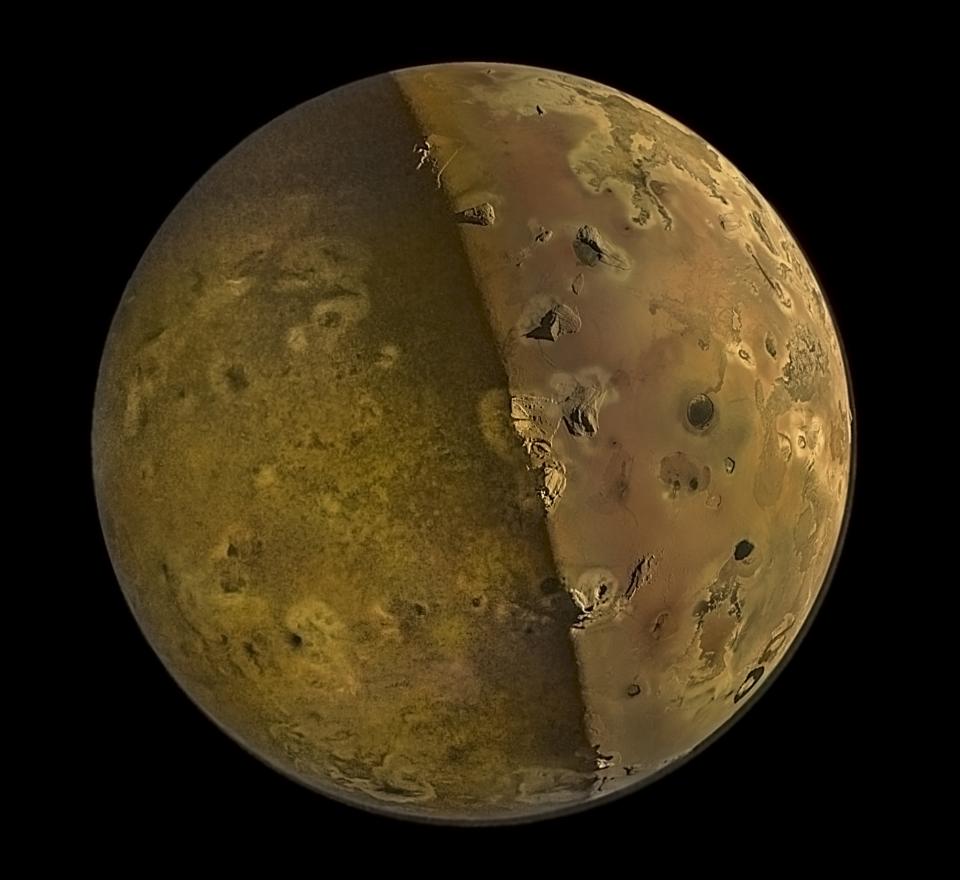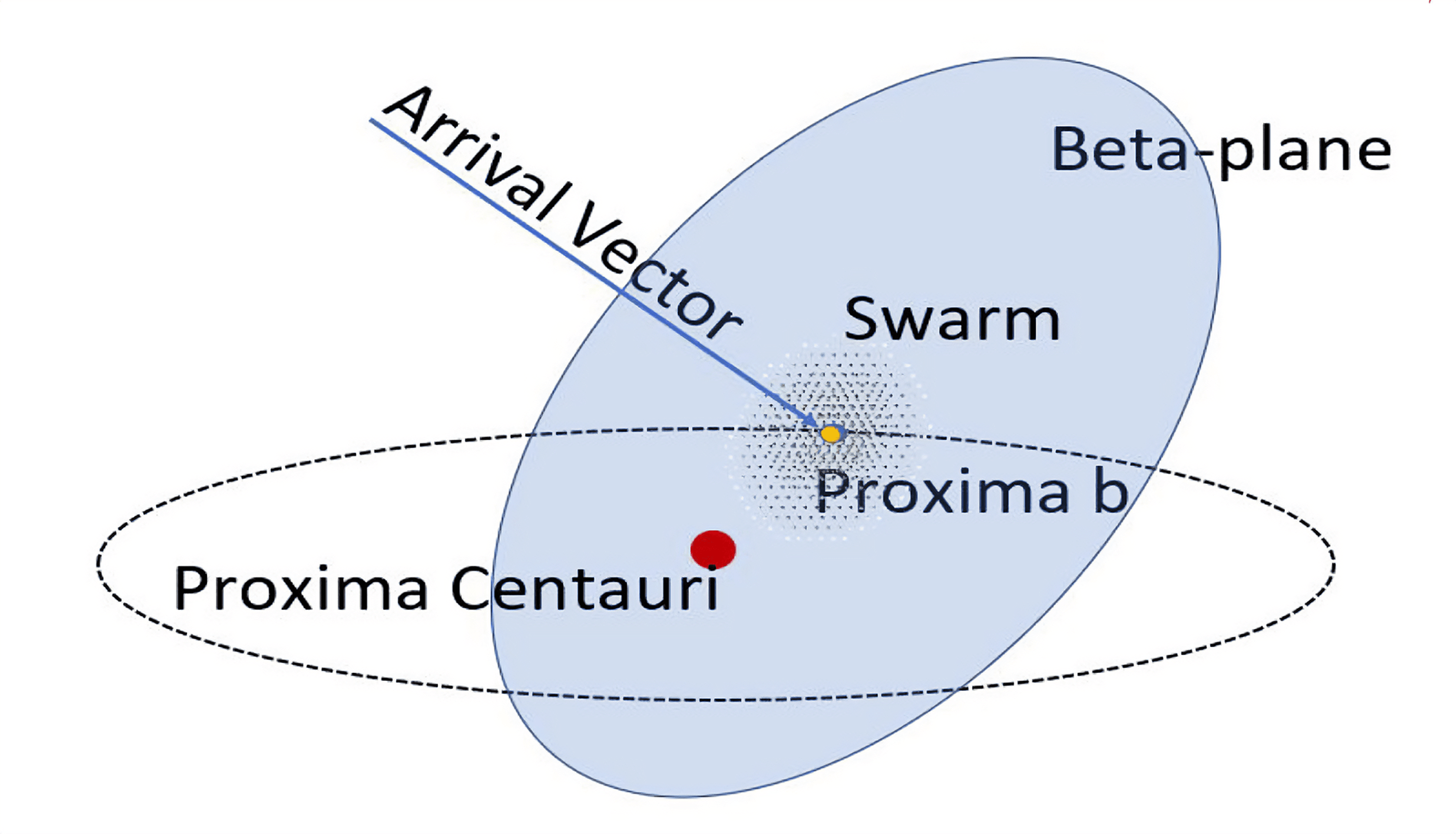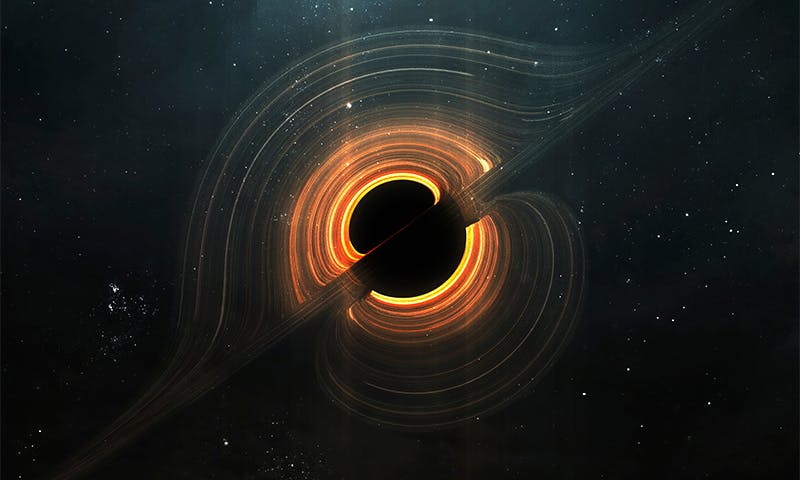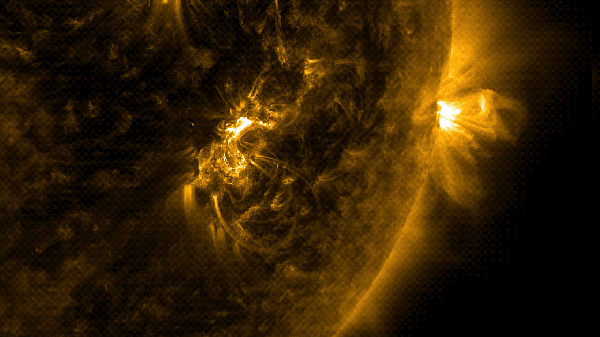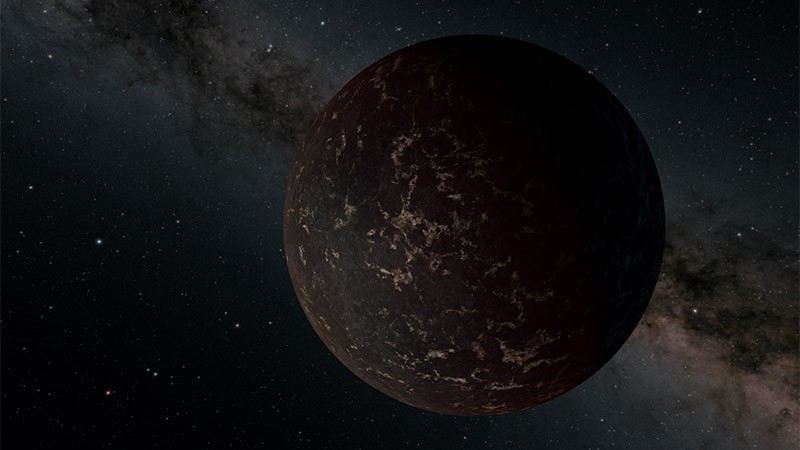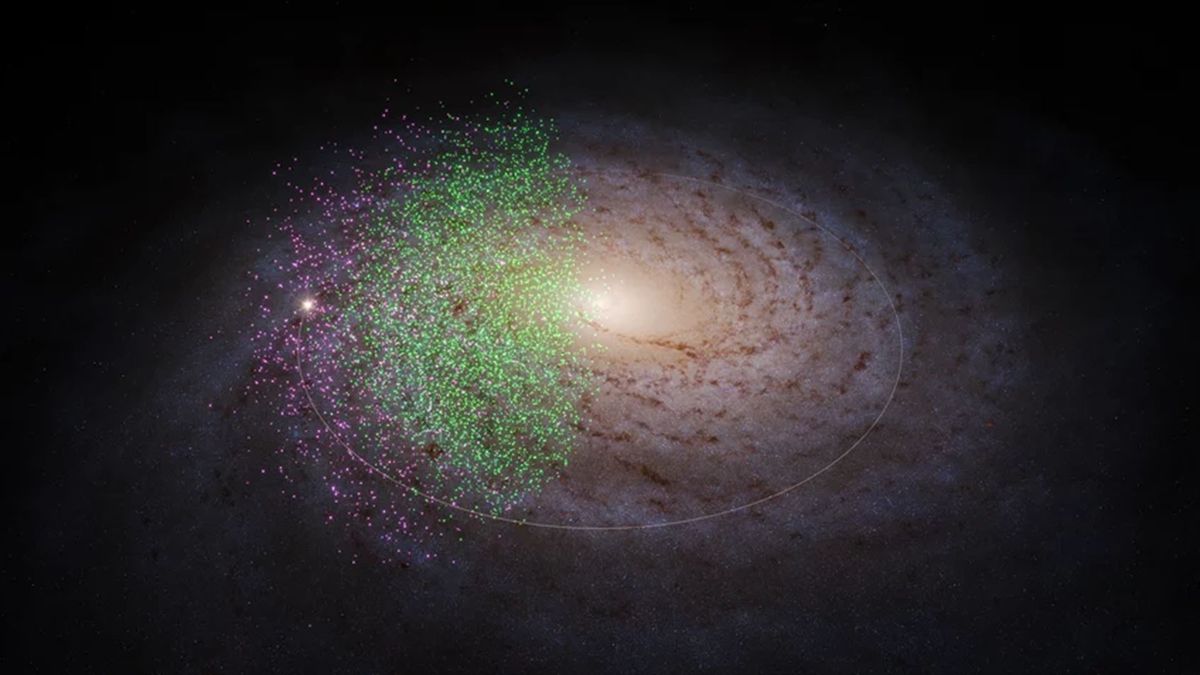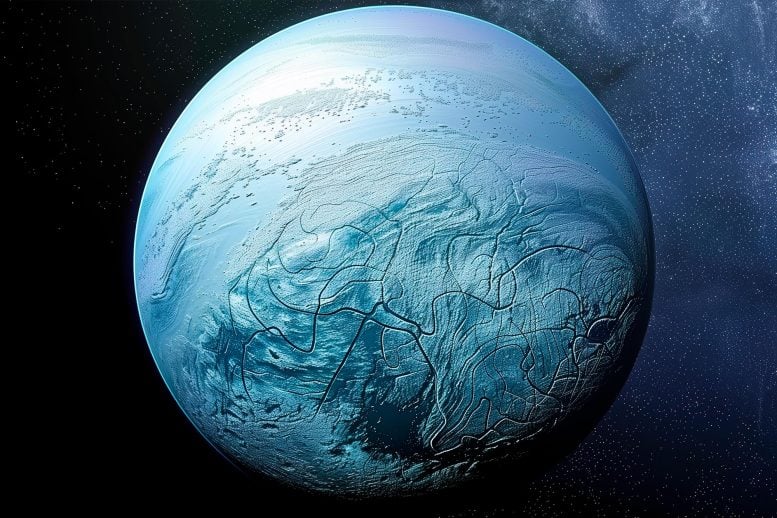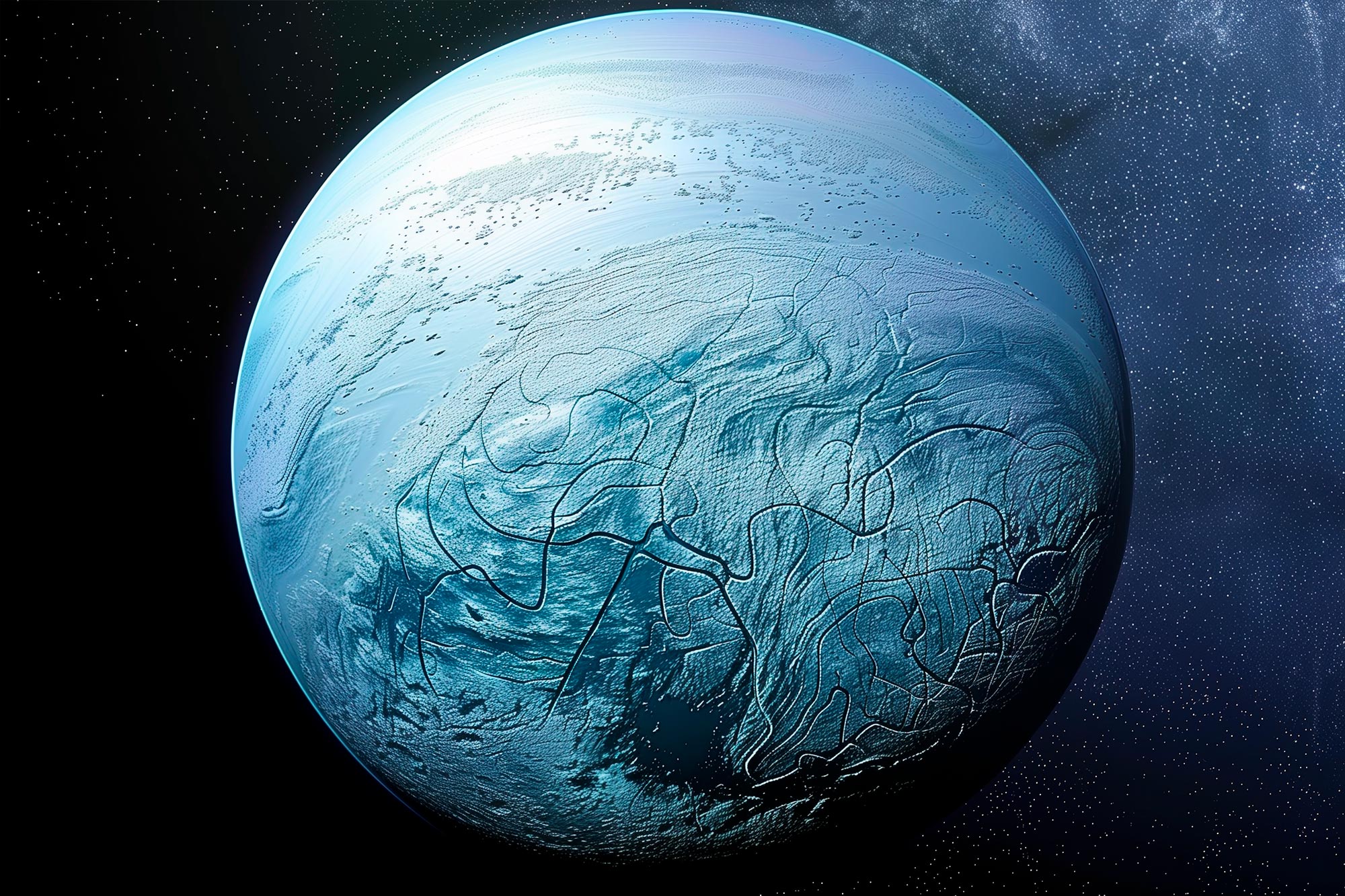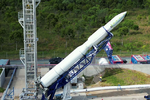- Oct 1, 2014
- 6,728
- 14,527
- AFL Club
- Hawthorn
Oxygen is one of the signatures that scientists looking for from exoplanets. On Earth it's nearly all generated by photosynthesis, oxygen levels prior to photosynthesis were a few percent and oxygen was the enabler that allowed larger, complex and more active critters to evolve. Planetary scientist believe there may be other ways a planet a could have significant oxygen without biology. Graph below shows size versus temperature, the yellow zone is where Earth sits with photosynthesis, the green zone is a proposed mechanism of generating oxygen by photolysis.
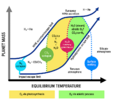
Planets capable of supporting high O2 concentrations and, hence, technological civilizations. This figure shows the likely composition of planetary atmospheres based on mass and equilibrium temperature. For planets whose temperature and mass would lead to primarily CO2/N2/H2O atmospheres, high oxygen levels require a biological origin, i.e. photosynthesis. For higher equilibrium temperatures, high O2 levels can occur via the runaway greenhouse effect and the photolysis of water vapor at high altitudes.

Planets capable of supporting high O2 concentrations and, hence, technological civilizations. This figure shows the likely composition of planetary atmospheres based on mass and equilibrium temperature. For planets whose temperature and mass would lead to primarily CO2/N2/H2O atmospheres, high oxygen levels require a biological origin, i.e. photosynthesis. For higher equilibrium temperatures, high O2 levels can occur via the runaway greenhouse effect and the photolysis of water vapor at high altitudes.







